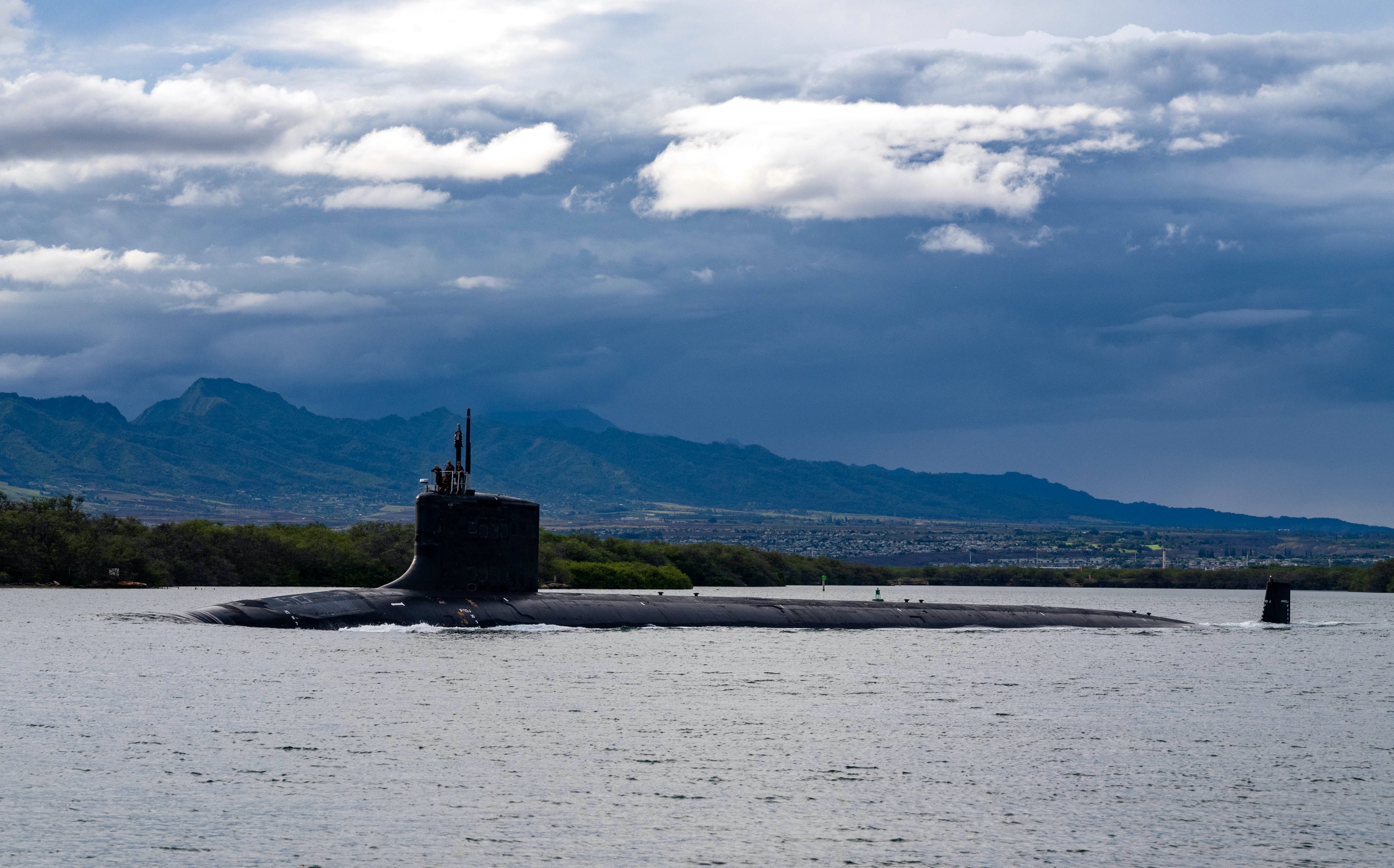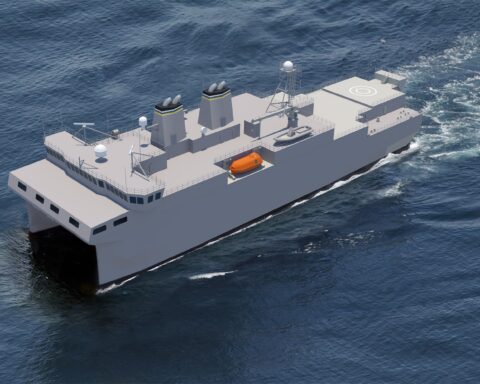The following is the U.S. Coast Guard’s Arctic Strategic Outlook Implementation Plan, released on Oct. 26, 2023.
From the report
Strategic Overview
While the U.S. Coast Guard’s mission in the Arctic has endured for more than 150 years, the strategic landscape has changed. Global geopolitical trends combined with dramatic effects of climate change to the Arctic’s physical environment are increasing the region’s economic opportunities and strategic importance while hastening the impacts and risks to U.S. Arctic residents, commercial activity, and U.S. national security. As the region continues to become more accessible and consequential, the demand for U.S. Coast Guard leadership and presence will continue to grow.
The release of the 2022 National Strategy for the Arctic Region (NSAR)1 further exemplifies the importance of the region. The NSAR articulates the U.S. vision of the Arctic as a region that is “peaceful, stable, prosperous, and cooperative.” This implementation plan, the first for the 2019 U.S. Coast Guard Arctic Strategic Outlook, is intended to advance that vision. In the Arctic, as in many competitive spaces around the world, homeland security is national security. As a member of the Department of Homeland Security (DHS), the U.S. Coast Guard has a unique role to protect U.S. citizens and promote safety, sovereignty, and stewardship across the globe, including throughout the U.S. Arctic. This includes defending the homeland, responding to the increasing frequency and severity of climate-driven emergencies, and safeguarding the safe and free flow of commerce throughout the Marine Transportation System (MTS).
The U.S. Coast Guard’s actions will set the model of behavior for responsible governance and adherence to international laws, rules, norms, and standards. Through these actions, the U.S. Coast Guard will also lead by the power of our example to cultivate strong international relationships and a coalition of Arctic partners based on shared interests and values that build climate resiliency, enhance prosperity, and strengthen regional stability.
Methodology
Strategic Outlooks define the U.S. Coast Guard’s long-term strategic planning efforts for specific regions and domains and establish lines of effort to achieve the Service’s overarching objectives. The 2019 Arctic Strategic Outlook identifies the U.S. Coast Guard’s commitment to advancing our national interests across the Arctic. It directly supports the U.S. Coast Guard Strategy, complements the Maritime Commerce Strategic Outlook, and aligns with national, DHS, and Department of Defense (DoD) Arctic strategies and priorities. Implementation Plans describe how the U.S. Coast Guard intends to accomplish its strategic objectives through specific initiatives. In executing the Arctic Strategic Outlook Implementation Plan, the U.S. Coast Guard will adhere to the same guiding principles and Lines of Effort (LoEs) outlined in the 2019
U.S. Coast Guard Arctic Strategic Outlook:
- LoE 1: Enhance Capability to Operate Effectively in a Dynamic Arctic
- LoE 2: Strengthen the Rules-Based Order
- LoE 3: Innovate and Adapt to Promote Resilience and Prosperity
This Implementation Plan is comprised of 14 interconnected initiatives to execute the Arctic Strategic Outlook’s LoEs. This Plan provides a description of each initiative, the lead organizations/offices responsible for overseeing implementation, as well as action items that represent our most critical next steps to advance the Arctic Strategic Outlook LoEs. In line with the Arctic Strategic Outlook LoE 3, continuous evaluation and improvement is required for strategic success in the Arctic. Accordingly, this Implementation Plan is scalable to adapt to the dynamic nature of Arctic challenges and to the U.S. Coast Guard’s available resources.
The U.S. Coast Guard will continually evaluate the holistic national security needs in the Arctic and update this Implementation Plan and operations accordingly. Given the depth and breadth of the security challenges posed by the Arctic, full execution of this Implementation Plan is contingent upon additional Service-focused and whole-of-government investments in technologies, capabilities, resources, and personnel.
Download the document here.





